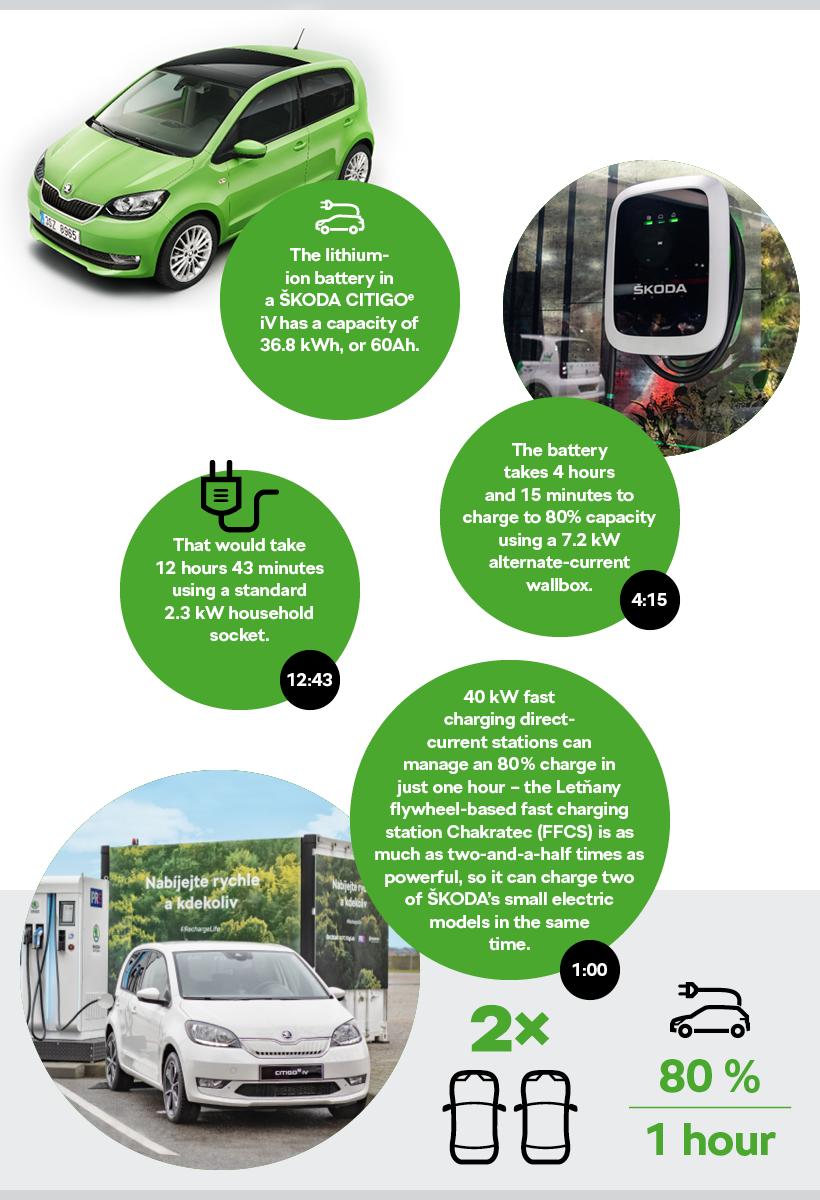How do the flywheels work?
To ensure the flywheels encounter as little air resistance as possible, they are housed in special steel cases allowing them to rotate in a vacuum. The Israeli engineers devised a sealing system that is as close to perfect as possible. The vacuum is maintained by pumps, but to save energy the pumps switch on only when the vacuum state falls below a certain threshold. This keeps the system at a constant level of 10 millitorrs, or 1.33 pascals.
When the Kinetic Power Booster is at “full charge”, the flywheels spin at 18,000 revolutions per minute. When a car is being charged, the speed gradually falls to 7,000 rpm - at that point the charging is halted because the storage facility is fully discharged. The time it takes to recharge – i.e. get the flywheels back up to maximum speed – depends on the capacity of the grid the facility is hooked up to. With a 50 kW grid it takes around 45 minutes.

If the electricity supply was switched off when the flywheels were spinning at top speed, it would take four days for them to stop completely. Could they charge an electric car even after being disconnected? Of course they could, but this is not done in practice.
The storage facility itself, including the connected charging station, consumes roughly 3 kWh of energy. That means that all the other energy flowing in from the grid is used to charge electric cars’ batteries. The rest is used to power the flywheels, the vacuum pump, the air-conditioning unit, the operation of the charging station itself and so on.























